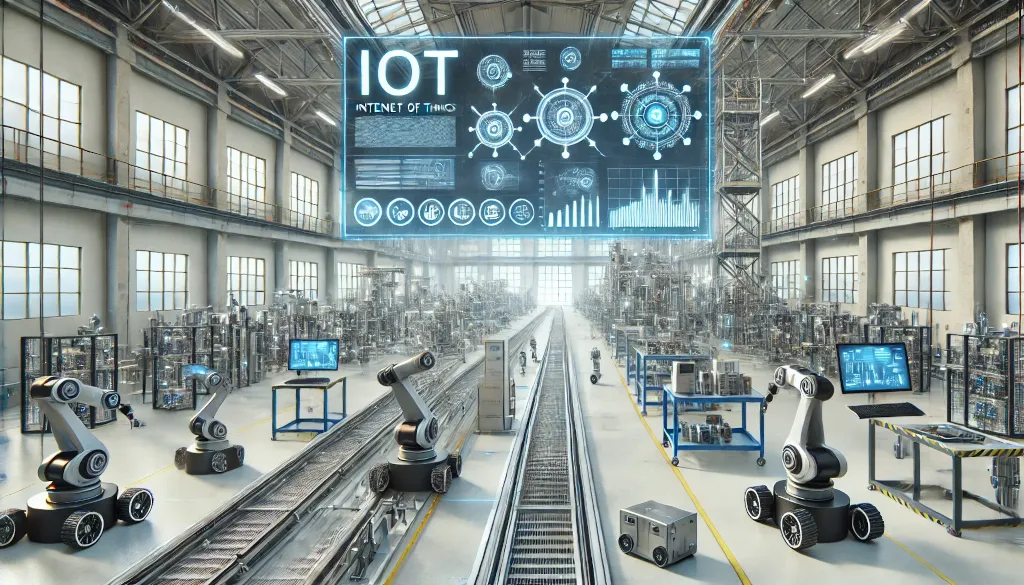What is the Internet of Things
The Internet of Things (IoT) refers to the digital interconnection of everyday objects through the Internet. These objects, which can range from household appliances to vehicles, are equipped with sensors, software, and other technologies that allow them to collect, send, and receive data. The goal of IoT is to improve efficiency, automate processes, and offer new functions through connectivity.

Definition and Basic IoT Concepts
-
Connectivity: IoT devices are connected to a network (usually the Internet) that allows them to communicate with each other and with centralized systems or applications.
-
Sensors and Actuators: IoT devices are often equipped with sensors to collect environmental data (such as temperature, light, humidity, movement, etc.) and actuators that allow devices to perform actions based on the collected data (such as turning on a light, adjusting a thermostat, etc.).
-
Data Processing: The data collected by IoT devices are processed and analyzed in real-time or stored for later analysis. This analysis can take place on the device itself (edge processing) or on remote servers (cloud processing).
-
Interoperability: For IoT to work effectively, devices from different manufacturers must be able to communicate and interact seamlessly. This requires common standards and protocols.
-
Security: With the growing number of connected devices, security is a critical aspect of IoT. IoT devices can be vulnerable to cyberattacks, making it essential to have robust security mechanisms in place.
Examples of IoT Devices
-
Smart Home:
- Smart Thermostats: Devices like the Nest Learning Thermostat that automatically adjust the temperature of your home based on your habits and preferences.
- Smart Light Bulbs: Such as Philips Hue, which can be controlled via a mobile app to change colors, adjust brightness, and schedule on/off times.
- Virtual Assistants: Devices like Amazon Echo with Alexa or Google Home that control other IoT devices in the home via voice commands.
-
Healthcare:
- Wearables: Smartwatches like the Apple Watch or fitness trackers like Fitbit that monitor user health by tracking data such as heart rate, steps, and sleep patterns.
- Connected Medical Devices: Glucose monitors or blood pressure devices that send data directly to the patient’s doctor or a mobile app.
-
Smart Cities:
- Traffic Management Systems: Sensors and cameras that monitor traffic in real-time and adjust traffic light timings to improve vehicle flow.
- Smart Street Lighting: Street lights that adjust their brightness based on the time of day or the presence of people, helping to save energy.
-
Industry:
- Predictive Maintenance: Sensors in industrial machinery that monitor its condition and alert of potential failures before they occur, preventing unplanned downtime.
- Autonomous Robots: In warehouses, such as those used by Amazon, robots that move autonomously to pick up and deliver products.
-
Connected Vehicles:
- Autonomous Vehicles: Cars that use sensors and algorithms to drive without human intervention.
- Telematics: Systems that monitor the vehicle’s performance, location, and driver behavior to improve safety and efficiency.
Conclusion
IoT is transforming various industries and aspects of daily life by intelligently and efficiently connecting devices, enabling automation and real-time data analysis. Although its adoption presents challenges, such as security and interoperability, IoT’s potential to improve processes and experiences is vast.